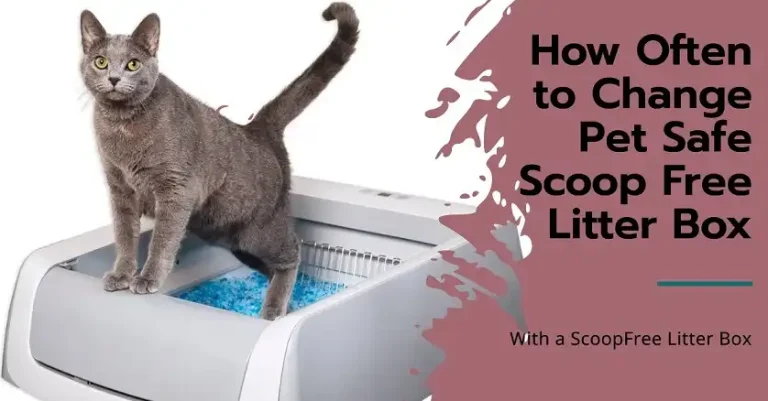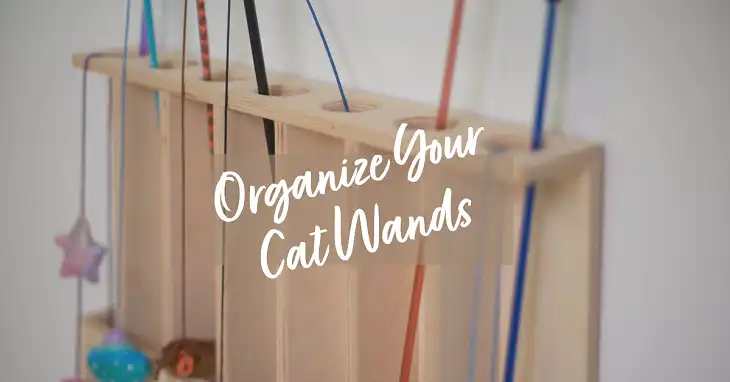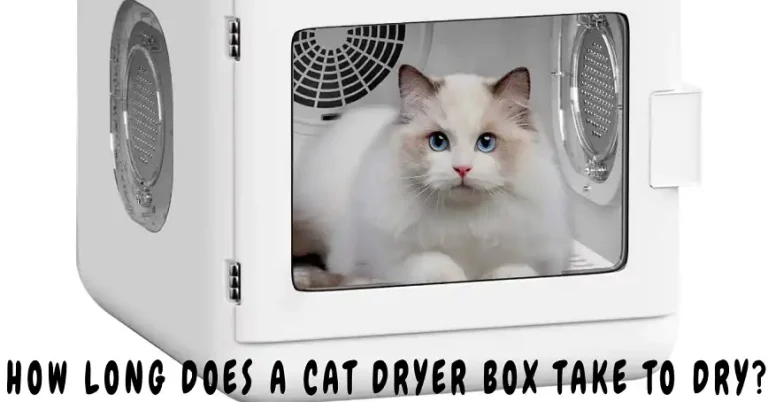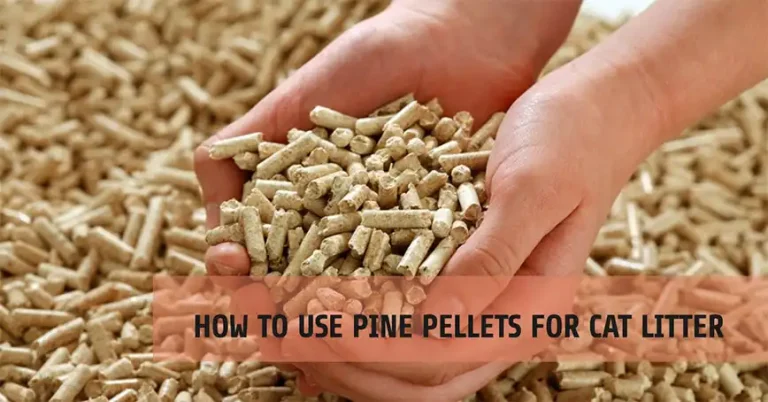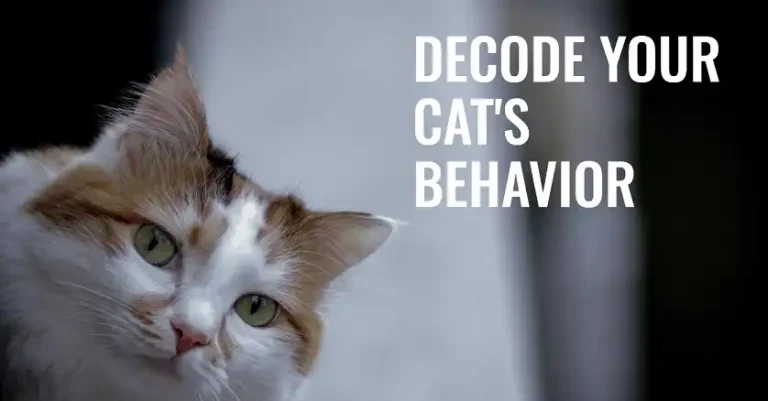Cardboard vs Sisal Scratcher: Which One’s the Best Scratcher for Your Cat
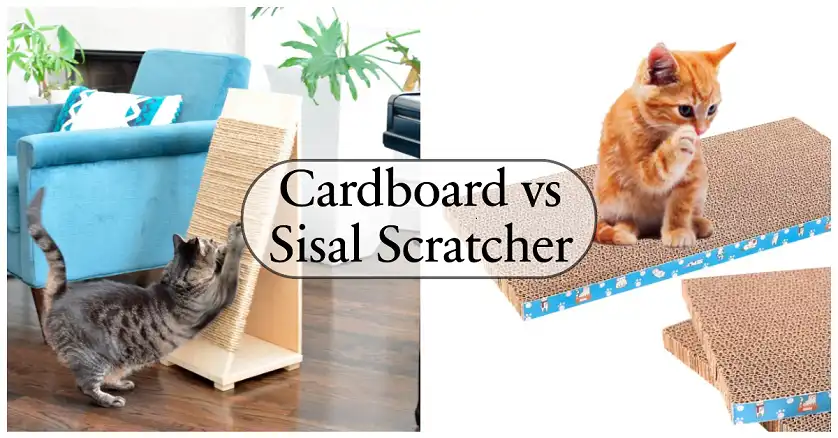
Scratching is an instinctive behavior that serves multiple purposes for our feline companions. Cats scratch to mark their territory, leaving both visual marks and scent from the glands in their paws. This behavior also helps them maintain their claws by removing the outer sheath.
But which type of scratcher should you choose for your feline friend? In this article, we’ll talk about two of the most popular cat scratches, and their pros and cons to help you choose the right one for your cats.
Cardboard Scratchers
Cardboard scratchers have gained immense popularity in recent years, and for good reason. These scratchers are typically made from corrugated cardboard compressed into various shapes and sizes. They offer a satisfying texture for cats to sink their claws into, and the sound of cardboard tearing can be particularly appealing to some felines.
Advantages
One of the biggest advantages of cardboard scratchers is their affordability. Most cardboard scratchers range in price from $10 to $30, making them an accessible option for cat owners on a budget. They’re also eco-friendly, often made from recycled materials, which is a bonus for environmentally conscious pet owners.

Cardboard scratchers come in a wide variety of designs, from simple flat pads to elaborate multi-level structures. This variety allows you to choose a scratcher that not only suits your cat’s preferences but also complements your home decor. Many designs feature replaceable inserts, extending the life of the scratcher and providing better value for money.
Drawbacks
However, cardboard scratchers do have some drawbacks. They tend to create more mess as cats scratch, with cardboard debris often ending up scattered around the scratcher. They’re also less durable than their sisal counterparts, typically lasting between 3 to 6 months with regular use. For cats who are particularly enthusiastic scratchers, a cardboard option may not stand up to heavy use as well as a sisal scratcher would.
Sisal Scratchers:
Sisal scratchers are made from the fibers of the sisal plant, which are tightly wound around a sturdy base. This material closely mimics the texture of tree bark, making it an instinctively appealing option for many cats. Sisal scratchers come in various forms, including vertical posts, horizontal pads, and as part of larger cat trees or furniture.
Advantages
The primary advantage of sisal scratchers is their durability. A well-made sisal scratcher can last for years, even with daily use. This longevity can make them more cost-effective in the long run, despite their higher initial price point. Quality sisal scratchers typically range from $30 to $100 or more, depending on the size and design.

Sisal provides an excellent texture for claw maintenance, allowing cats to really dig in and stretch. The rough surface is perfect for removing the outer sheath of the claws, keeping them healthy and sharp. Another benefit of sisal scratchers is that they tend to create less mess than cardboard options. The sisal fibers usually stay in place, resulting in less debris around the scratching area.
Drawbacks
However, sisal scratchers aren’t without their drawbacks. Some cat owners find the natural look of sisal less visually appealing than the more diverse designs available in cardboard scratchers. Additionally, once a sisal scratcher is worn out, it often needs to be replaced entirely, as opposed to cardboard scratchers that may have replaceable inserts.
Cardboard vs Sisal Scratcher: A Detailed Comparison
To help you visualize the differences between cardboard and sisal scratchers, let’s look at a comparison table:
| Feature | Cardboard Scratcher | Sisal Scratcher |
| Average Cost | $10 – $30 | $30 – $100+ |
| Durability | 3-6 months | 1-3 years |
| Mess Factor | High | Low |
| Eco-Friendliness | High | Moderate |
| Texture Appeal | Moderate | High |
| Design Variety | High | Moderate |
| Replaceable Parts | Often available | Rarely available |
| Noise Level | Moderate to High | Low to Moderate |
Texture and Appeal to Cats
Cardboard scratchers offer a softer texture that many cats find satisfying. The corrugated surface provides just enough resistance to be enjoyable without being too harsh on a cat’s paws. The sound of cardboard tearing can be particularly enticing for some felines, adding an auditory element to their scratching experience.
Sisal scratchers, on the other hand, provide a rougher texture that closely mimics tree bark – a natural scratching surface for cats. The tightly wound fibers offer excellent resistance, allowing cats to really dig in their claws. This can be especially appealing for cats who enjoy more vigorous scratching.
Effectiveness for Claw Maintenance
When it comes to claw maintenance, both materials have their merits. Cardboard is effective at removing the outer sheath of a cat’s claws, but it may not provide as much resistance for cats who scratch more aggressively. Some cats may find it too soft for their liking.
Sisal excels in this area, as its tough fibers provide excellent resistance for claw sharpening and maintenance. The durability of sisal allows cats to really stretch and work their claws, which can be more satisfying for some felines.
Noise Levels During Use
Cardboard scratchers tend to be noisier when in use. The sound of cardboard tearing or crinkling can be quite pronounced, which some cats (and owners) enjoy, while others might find it disruptive, especially in quieter households or apartments.
Sisal scratchers, by comparison, are generally quieter. The sound of claws on sisal is more of a subtle scraping noise, which is less likely to disturb household members or neighbors.
Mess Factor
This is an area where there’s a clear difference between the two materials. Cardboard scratchers can create quite a mess as cats use them. Small pieces of cardboard often end up scattered around the scratcher, requiring more frequent clean-up.
Sisal scratchers are much cleaner in comparison. The tightly wound fibers of sisal scratchers tend to stay in place, even with vigorous use. While some loose fibers may occasionally come free, the overall mess is significantly less than with cardboard options.
Durability and Lifespan
This is an area where sisal scratchers truly shine. A well-made sisal scratcher can last for years, even with daily use. This durability makes them cost-effective in the long run, despite a higher initial price point.
Cardboard scratchers, while more affordable upfront, have a shorter lifespan. They typically last between 3 to 6 months before needing replacement, depending on the frequency and intensity of use.
Cost Considerations
Cardboard scratchers are generally more budget-friendly, with most options ranging from $10 to $30. This makes them an attractive choice for cat owners on a tight budget or those with multiple cats who need several scratching options.
Sisal scratchers tend to be more expensive, with prices typically ranging from $30 to $100 or more, depending on the size and design. However, their longer lifespan can make them more economical over time.
Choosing the Right Scratcher
When deciding between cardboard and sisal scratchers, there are several factors to consider. First and foremost, pay attention to your cat’s preferences. Some cats naturally gravitate towards one material over the other.
Consider your cat’s scratching style as well. Vertical scratchers, often made of sisal, are great for cats who like to stretch up high. Horizontal scratchers, commonly made of cardboard, suit cats who prefer to scratch at ground level.
Your home environment plays a role too. Think about the space you have available and how the scratcher will fit into your decor. Budget is another important consideration. While cardboard scratchers are more budget-friendly upfront, a durable sisal scratcher might be more cost-effective in the long run. Calculate the potential yearly cost of replacements when making your decision.
Bottom Line
Both options have their strengths and weaknesses, and the best choice depends on your individual cat’s preferences and needs. Many cat owners find success in offering both types of scratchers, allowing their feline friends to choose based on their mood or the type of stretch they’re seeking.
Remember, the goal is to provide your cat with safe and satisfying outlets for their natural scratching behavior. Whether you choose cardboard, sisal, or a combination of both, your efforts to cater to your cat’s instincts will result in a happier, healthier pet and a more harmonious household.

